Less-Distracted Driving
Cell-phone bans haven’t reduced crashes because drivers keep using their phones even when it’s illegal.

Last year, nearly one in five road fatalities were related to distracted driving, according to the National Highway Traffic Safety Administration. Cell-phone calls and texting aren't the only culprits. Fatigue, eating, drinking and simple inattention are to blame, too. But the role of electronics in accidents was the focus of the second annual distracted-driving summit in September.
At the summit, U.S. Transportation Secretary Ray LaHood reprimanded carmakers for introducing more distractions into vehicles -- he cited GM's revamped OnStar with audio Facebook updates as an example -- and said he would meet with manufacturers to discuss safety guidelines for new technology. LaHood is also pushing for more states to ban drivers from texting and using handheld cell phones. Currently, 30 states and the District of Columbia ban texting, and eight states plus D.C. ban handheld cell-phone calls.
But studies by the Highway Loss Data Institute indicate that neither type of ban has reduced crashes in states that have adopted them. One possible reason that cell-phone bans haven't reduced crashes is that drivers keep using their phones even when it's illegal. A Harris poll notes that although 88% of adults think that using a cell phone while driving is dangerous, 72% of drivers with phones use them anyway.

Sign up for Kiplinger’s Free E-Newsletters
Profit and prosper with the best of expert advice on investing, taxes, retirement, personal finance and more - straight to your e-mail.
Profit and prosper with the best of expert advice - straight to your e-mail.
The technology fix. So how can you be safer while continuing to use your phone -- or a navigation or climate-control system? Bluetooth connectivity -- which allows you to talk when you're behind the wheel without holding your phone -- is a good start. Integrated Bluetooth systems were available on 93% of 2010 vehicles. But you still need to avert your eyes from the road to dial. And that simple act makes you three times more likely to have an accident, according to research by the Virginia Tech Transportation Institute. VTTI's real-world driving study indicates that the key to safety is keeping your eyes on the road.
Carmakers are citing this research as they begin offering voice-activated controls for vehicle infotainment systems -- phone, navigation and audio. For example, Sync, a collaboration between Microsoft and Ford, includes Bluetooth connectivity, a USB port for audio and voice command for both. It will read incoming text messages to you, and you can get audio turn-by-turn directions. Sync is available on nearly every 2011 Ford model (it's standard on pricier trim levels and a $395 option on other models), and it's standard on Lincoln models.
BMW's reengineered iDrive also features an easy-to-use voice-command system for selecting destinations, contacts and music. It comes standard on the 7-series and is available as an option on other models. And Audi introduced a touchpad on its 2011 A8 that recognizes handwritten letters and numbers for navigation.
The next frontier? Integrated systems that let you control almost anything by voice. MyFord Touch (and MyLincoln Touch), both powered by Sync, can manipulate your car's entertainment and climate via voice command, in addition to controlling phone, audio and navigation. Among the 10,000 verbal commands it understands are questions such as "What's playing?" (to hear the song and artist) and "Where am I?" (to map your current location). Say "I'm hungry," and it will help you find a restaurant. MyFord Touch is available on the 2011 Edge ($1,000 on the SEL model and standard on Limited and Sport models), and MyLincoln Touch is standard on the 2011 MKX.
Adrian Lund, president of the Insurance Institute for Highway Safety, says you can't count on such systems to eliminate distractions, and some features could do the opposite. For example, Sync will read you your horoscope, weather reports and stock quotes. To play it really safe, says Lund, supplement voice-activated systems with crash-avoidance technology, such as lane-departure and frontal-crash warning systems.
Get Kiplinger Today newsletter — free
Profit and prosper with the best of Kiplinger's advice on investing, taxes, retirement, personal finance and much more. Delivered daily. Enter your email in the box and click Sign Me Up.

-
 Stock Market Today: Stocks Are Mixed Before Liberation Day
Stock Market Today: Stocks Are Mixed Before Liberation DayMarkets look forward to what comes with the reordering of 80-year-old global trade relationships.
By David Dittman Published
-
 Stagflation: What It Is and Why Retirees Should Care
Stagflation: What It Is and Why Retirees Should CareStagflation — the economic bogeyman of the 1970's — may return to the US. Here's what it could mean to your retirement.
By Donna Fuscaldo Published
-
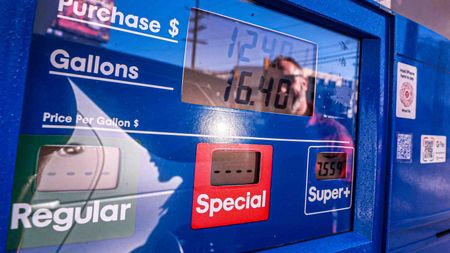 Gas-Saving Tips That Actually Work
Gas-Saving Tips That Actually WorkThese are gas-saving tips that will actually work for you and your car this year.
By David Muhlbaum Last updated
-
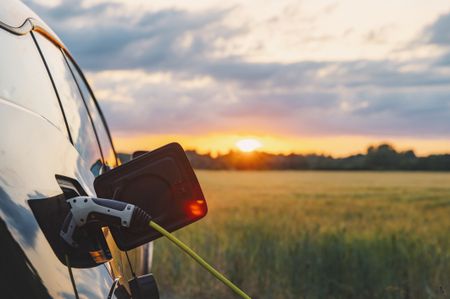 Want to Lease an EV? The Tax Credit 'Loophole' for That Could Go Away Soon
Want to Lease an EV? The Tax Credit 'Loophole' for That Could Go Away SoonTax Credits If you are deciding whether to lease or buy a car, here's what you need to know about the EV lease tax credit.
By Kelley R. Taylor Last updated
-
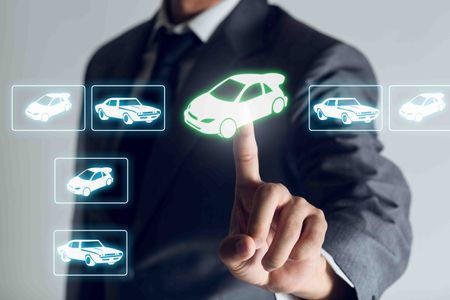 Car Buying in a Topsy-Turvy Market
Car Buying in a Topsy-Turvy MarketYou need a new car? Good luck with that! What should you do? We've got some answers.
By Katherine Reynolds Lewis Last updated
-
 Watch Out for Flood-Damaged Cars from Hurricane Ian
Watch Out for Flood-Damaged Cars from Hurricane IanBuying & Leasing a Car In the wake of Hurricane Ian, more flood-damaged cars may hit the market. Car prices may rise further because of increased demand as well.
By Bob Niedt Last updated
-
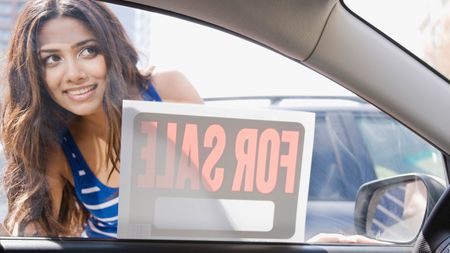 Car Buyers: The 3-Day Grace Period Is Just a Myth!
Car Buyers: The 3-Day Grace Period Is Just a Myth!Buying & Leasing a Car Many car buyers think they have three days after making a purchase to return a car. Here’s where they’re going wrong, and what they should do instead to get a decent used car.
By H. Dennis Beaver, Esq. Published
-
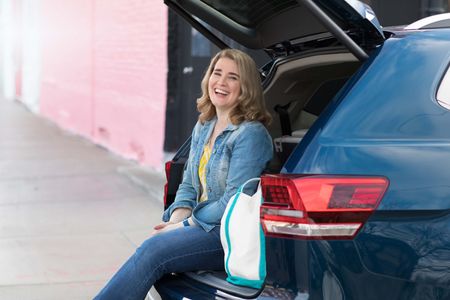 PODCAST: Car-Buying in an Inflated Market with Jenni Newman
PODCAST: Car-Buying in an Inflated Market with Jenni NewmanBuying & Leasing a Car With cars both scarce and expensive these days, what to do if you want – or need – a new ride? Car-buying strategist Jenni Newman of Cars.com shares some tips. Also, more on the magical 9% savings bond.
By David Muhlbaum Published
-
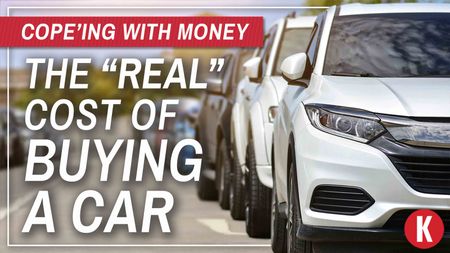 The "Real" Cost of Buying a Car
The "Real" Cost of Buying a CarFeature Atlanta Falcons linebacker and Kiplinger contributing editor Brandon Copeland illustrates how car prices are far more than meets the eye.
By Brandon Copeland Published
-
 How to Get a Car Deal in This Market
How to Get a Car Deal in This MarketBuying & Leasing a Car Low inventories mean it’s hard to haggle on price, but you can still negotiate on financing when shopping for a new or used car.
By Rivan V. Stinson Published